Kerf Yourself a Curved Caul
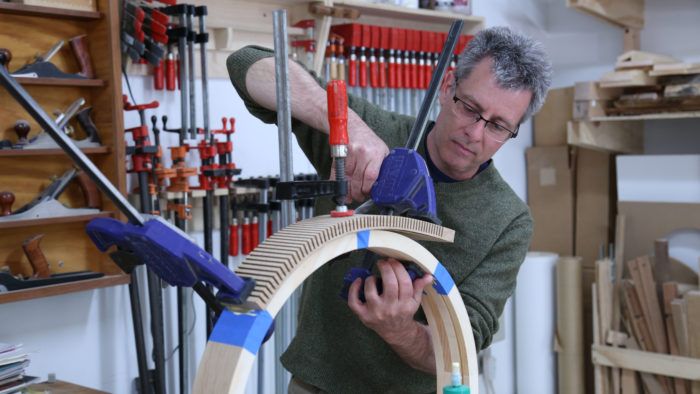
 When building his round bistro table, professional woodworker Ray Finan needed to address a pretty typical problem: how to make the best use of his stock. His bistro table’s design called for a curved apron, but he didn’t have a ton of extra stock—so a bent lam was out of the question. Instead, he turned to a traditional veneering method, a brick-laid substrate, to best use his lumber and save the nicely figured stock for the curve that gives his table much of its character. Then he hit another problem.
When building his round bistro table, professional woodworker Ray Finan needed to address a pretty typical problem: how to make the best use of his stock. His bistro table’s design called for a curved apron, but he didn’t have a ton of extra stock—so a bent lam was out of the question. Instead, he turned to a traditional veneering method, a brick-laid substrate, to best use his lumber and save the nicely figured stock for the curve that gives his table much of its character. Then he hit another problem.
Applying even pressure while clamping up a veneer is crucial, but clamping over a curved surface without special forms can leave you with voids and poor joints. This is where Finan turned to white oak again—this time a simple off-cut—for its ability to bend.
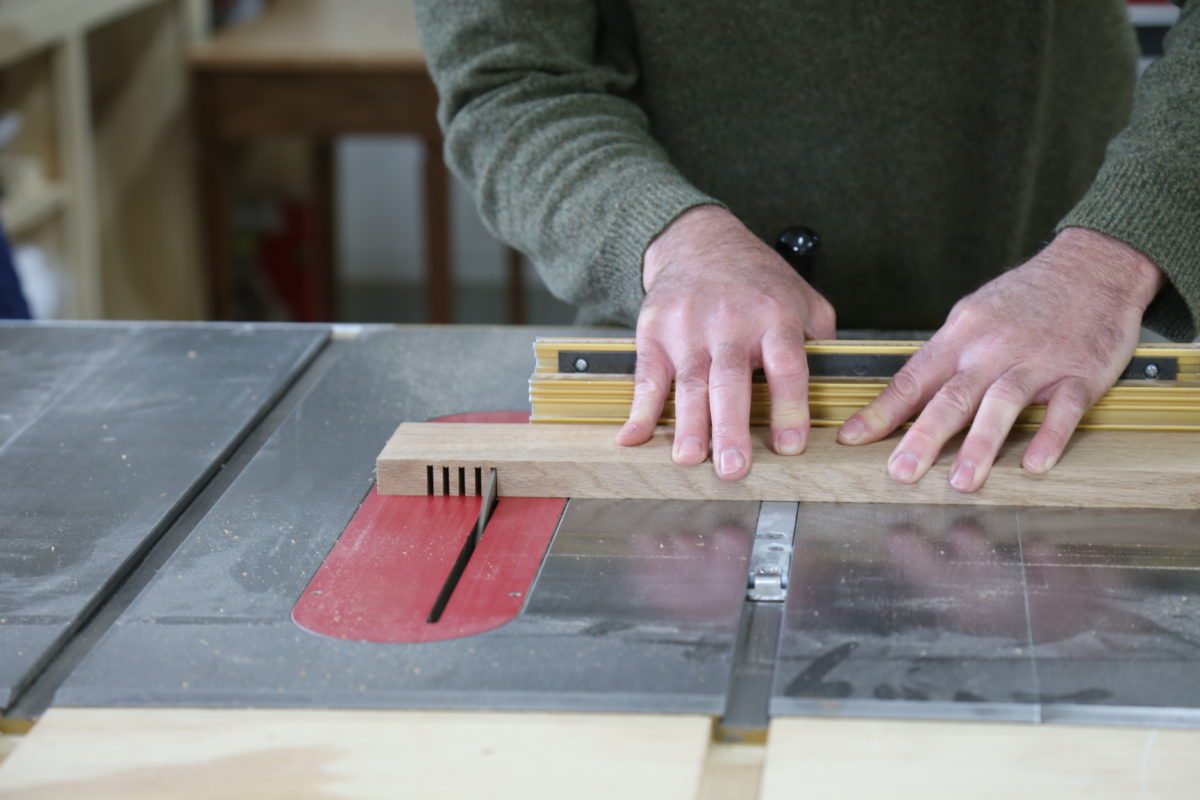
To make a curved caul, Finan took a long off-cut that was slightly wider than the apron and notched it with deep kerfs every 1/8 in. or so. These reliefs allowed the scrap to bend around the radius of his table—giving him a fast, efficient, and flexible caul that, with enough clamps, distributes pressure uniformly over each piece of veneer.
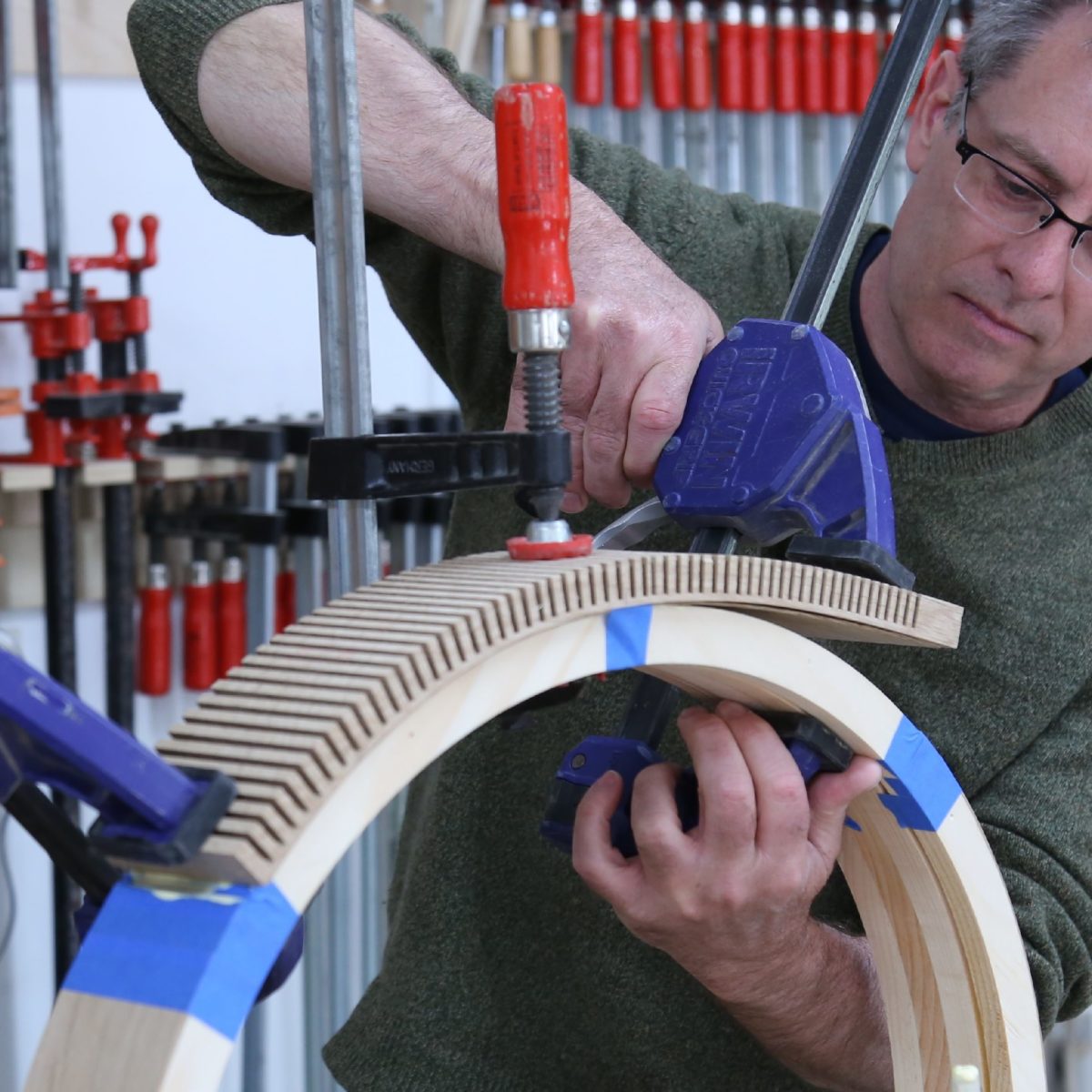
The result was choice white oak on the outside and stable, light pine on the inside.
Finan’s article on how he built his table—including the strong brick-laid substrate and clever jig for routing the apron for a half-bridle—is in our upcoming issue, #264, so grab it to find out some more solid construction methods packed into a light and classy standing table.
More on FineWoodworking.com:
Fine Woodworking Recommended Products
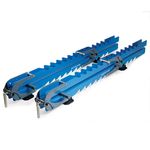
Rockler Deluxe Panel Clamp
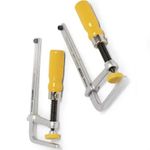
MicroJig Matchfit dovetail clamps
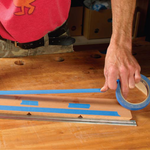
3M Blue Tape




















Comments
Kerfed stock can also work for a curved apron. I used the technique years ago to build a shelf unit with thick curved shelves. The kerfed pieces formed the face of the curve; thin stock top and bottom covered the kerfs and completed the piece.
Log in or create an account to post a comment.
Sign up Log in